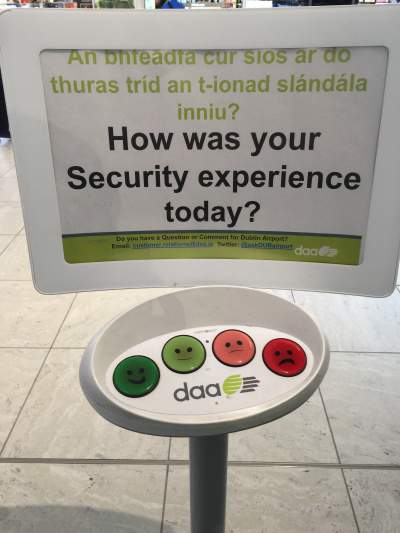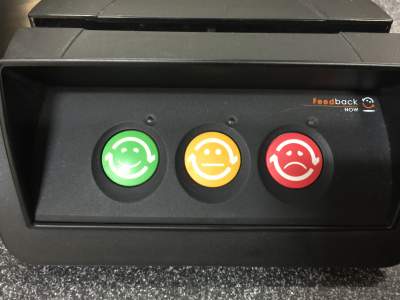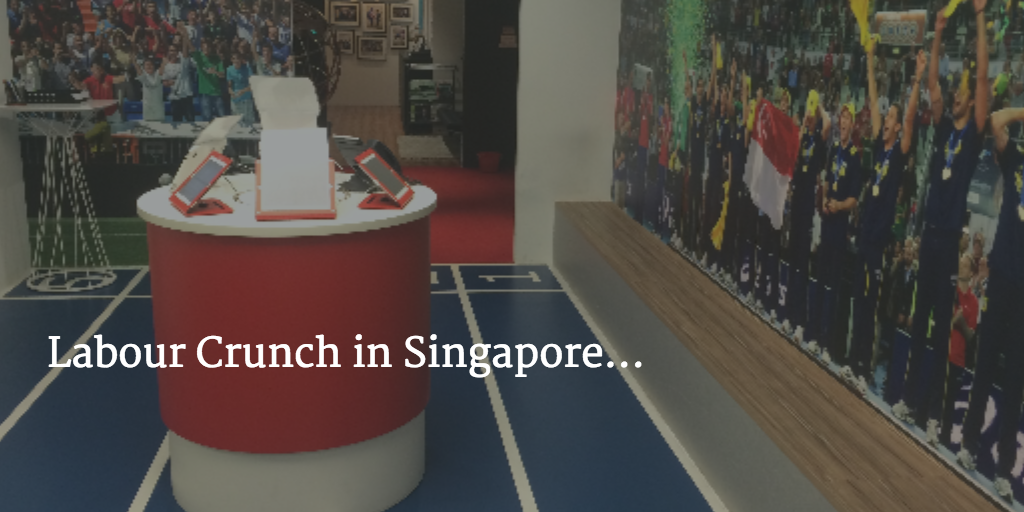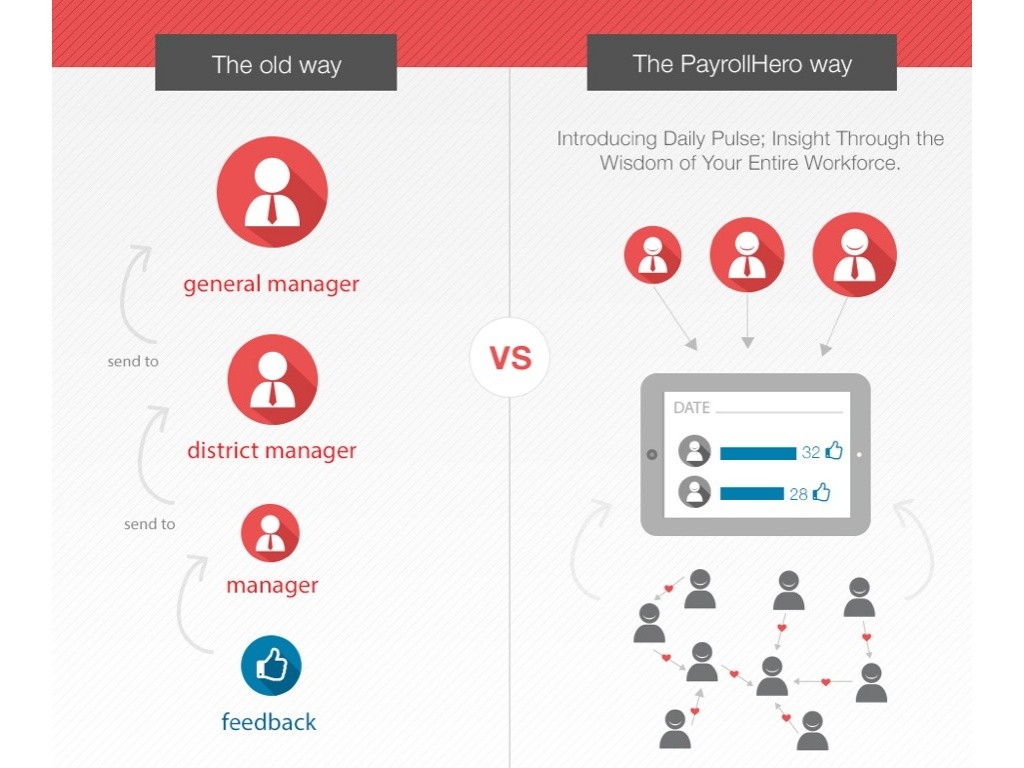 Southeast Asia is a hot market for business. There is untapped potential, both in terms of consumer demand and labour markets. With all eyes on Asia, it is important to focus your capital and team where you generate the greatest return on your investment. Which means getting into the details of every country’s laws: ease of setting up a business, access to credit, construction permits, registering property, taxation laws. This can be daunting, not to mention time consuming. Which is why we have come up with a few metrics that will give you a head-start on some high level knowledge on a few chosen countries in SEA.
Southeast Asia is a hot market for business. There is untapped potential, both in terms of consumer demand and labour markets. With all eyes on Asia, it is important to focus your capital and team where you generate the greatest return on your investment. Which means getting into the details of every country’s laws: ease of setting up a business, access to credit, construction permits, registering property, taxation laws. This can be daunting, not to mention time consuming. Which is why we have come up with a few metrics that will give you a head-start on some high level knowledge on a few chosen countries in SEA.
The countries we have chosen are: Singapore, the Philippines, Malaysia, Indonesia, Thailand and Vietnam.
The metrics we have chosen are from the ease of doing business rankings published by the World Bank Group. They are: overall ease of doing business, starting a business, dealing with construction permits, getting electricity, registering property, getting credit, paying taxes, enforcing contracts, USD equivalent of a worker in retail/restaurants. For a thorough understanding on how the World Bank Group creates these rankings, you can read the explanation here.The data for rankings and number of procedures has been taken from World Bank Group’s Doing Business publication.
| Ease of doing business |
| Singapore |
1 |
| Malaysia |
18 |
| Thailand |
26 |
| Vietnam |
78 |
| The Philippines |
95 |
| Indonesia |
114 |
Singapore ranks first on the ease of doing business. This is not surprising. Since its independence, Singapore has positioned itself as a leader in doing business in SEA. By reducing bureaucratic procedures and taking the entire process online, Singapore has lived up to its top position for many years now.
| Starting a Business |
| Singapore |
6 |
| Malaysia |
13 |
| Thailand |
75 |
| Vietnam |
125 |
| Indonesia |
155 |
| The Philippines |
161 |
This metric is considered by measuring the number of days it takes to start a business. According to the World Bank Group, it takes 3 days to start a business in Singapore while in the Philippines, it takes 34, which gives you a good idea as to why the rankings look like the above. In the Philippines, much of the time is wasted moving from one department to another. It takes 16 independent procedures to start a business.
| Dealing with Construction Permits |
| Singapore |
2 |
| Thailand |
6 |
| Vietnam |
22 |
| Malaysia |
28 |
| The Philippines |
124 |
| Indonesia |
153 |
Indonesia ranks the lowest. It takes 17 procedures to obtain a construction permit in Indonesia while Singapore requires you to complete 10 procedures.
| Getting Electricity |
| Singapore |
11 |
| Thailand |
12 |
| The Philippines |
16 |
| Malaysia |
27 |
| Indonesia |
78 |
| Vietnam |
135 |
Vietnam has an average of 10 procedures taking 34 days while Singapore has 4 taking 31 days.
| Registering Property |
| Singapore |
24 |
| Thailand |
28 |
| Vietnam |
33 |
| Malaysia |
75 |
| The Philippines |
108 |
| Indonesia |
117 |
On average, Indonesia has 5 procedures, taking 25 days, while Singapore has 4 procedures, taking 4.5 days.
| Getting Credit |
| Singapore |
17 |
| Thailand |
89 |
| Vietnam |
36 |
| Malaysia |
23 |
| The Philippines |
104 |
| Indonesia |
71 |
| Paying Taxes |
| Singapore |
5 |
| Malaysia |
32 |
| Thailand |
62 |
| The Philippines |
127 |
| Indonesia |
160 |
| Vietnam |
173 |
This statistic is by far the most extreme. The total number of tax payments in Singapore is 5 per year which takes about 82 hours in the year whereas Vietnam has 32 payments per year which takes about 872 hours.
To understand more about taxation laws on some countries in the APAC region, you can read about it here for Singapore and for the Philippines.
| Enforcing Contracts |
| Singapore |
1 |
| Thailand |
25 |
| Malaysia |
29 |
| Vietnam |
47 |
| The Philippines |
124 |
| Indonesia |
172 |
In Singapore there are 21 procedures for enforcing contracts which takes about 150 days whereas Indonesia has 40 procedures, taking about 451 days.
| Corruption Perception Index |
| Singapore |
84 |
| Malaysia |
52 |
| Thailand |
38 |
| The Philippines |
38 |
| Indonesia |
34 |
| Vietnam |
31 |
The corruption perception index is a measure of how people within the country view the public sector. The index is relative to every other country on the list. It ranges from 0 (weakest perception) to 100 (cleanest perception).
Considering the countries we have chosen, it is pretty obvious why Singapore stands out. It is one of the most mature markets in SEA. The other countries are still in a developing stage. Singapore stands more as a reference point on these lists. Many of the SEA nations are held back by the large number of bureaucratic procedures and rampant corruption.
In addition to these factors, we should also consider the cost of doing business, in terms of labour, land and capital costs. There is a trade-off between cost and efficiency which we have avoided considering in order to bring out the basic metric of ease of doing business in SEA.
Hope this was helpful and relevant for your business! Watch out for more posts on rankings in SEA.
If you are in need of a payroll solution for your business, check out our Southeast Asia offerings here – PayrollHero.Asia
– – Related Posts – –
Doing Business in the Philippines
 The Ministry of Manpower in Singapore has implemented a quota on the total number of foreign employees that you can hire. If your company exceeds the quota, you will have to reorganize your workforce in order to meet the requirements. You can find out what is your company’s quota on foreign employees here.
The Ministry of Manpower in Singapore has implemented a quota on the total number of foreign employees that you can hire. If your company exceeds the quota, you will have to reorganize your workforce in order to meet the requirements. You can find out what is your company’s quota on foreign employees here.


 Southeast Asia is a hot market for business. There is untapped potential, both in terms of consumer demand and labour markets. With all eyes on Asia, it is important to focus your capital and team where you generate the greatest return on your investment. Which means getting into the details of every country’s laws: ease of setting up a business, access to credit, construction permits, registering property, taxation laws. This can be daunting, not to mention time consuming. Which is why we have come up with a few metrics that will give you a head-start on some high level knowledge on a few chosen countries in SEA.
Southeast Asia is a hot market for business. There is untapped potential, both in terms of consumer demand and labour markets. With all eyes on Asia, it is important to focus your capital and team where you generate the greatest return on your investment. Which means getting into the details of every country’s laws: ease of setting up a business, access to credit, construction permits, registering property, taxation laws. This can be daunting, not to mention time consuming. Which is why we have come up with a few metrics that will give you a head-start on some high level knowledge on a few chosen countries in SEA. Today, there are a mind boggling number of channels to use while searching for the best candidate to join your team. In Singapore, the number one channel for recruiters to hire employees is through an online jobs portal. The other Southeast Asian nations are catching up to the trend. Which means, not only do you have to post in multiple online portals, you also have to stand out from every other company in your industry because everyone is using the most popular channel. We want to help you with that. Here we have a list of jobs portals, both conventional and specialized, for restaurant and retail owners to recruit staff.
Today, there are a mind boggling number of channels to use while searching for the best candidate to join your team. In Singapore, the number one channel for recruiters to hire employees is through an online jobs portal. The other Southeast Asian nations are catching up to the trend. Which means, not only do you have to post in multiple online portals, you also have to stand out from every other company in your industry because everyone is using the most popular channel. We want to help you with that. Here we have a list of jobs portals, both conventional and specialized, for restaurant and retail owners to recruit staff. Kalibrr
Kalibrr






 The F&B sector is facing a labour crunch. Restaurants are turning away diners even though they have empty tables because they are understaffed. This has been a problem in Singapore, but never more serious than now. Singapore’s unemployment rate is at a stunning 1.9%. The turnover rate in the F&B business is the
The F&B sector is facing a labour crunch. Restaurants are turning away diners even though they have empty tables because they are understaffed. This has been a problem in Singapore, but never more serious than now. Singapore’s unemployment rate is at a stunning 1.9%. The turnover rate in the F&B business is the 